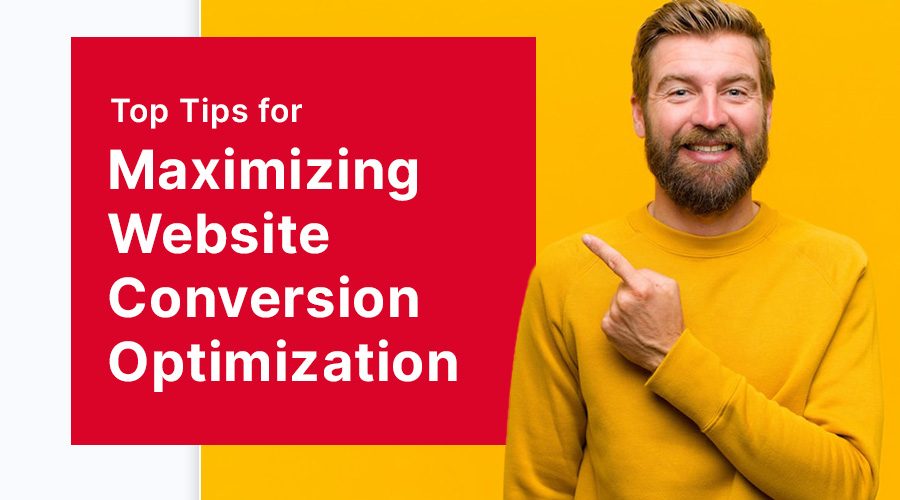Introduction
Welcome aboard, digital navigators! Are you ready to unlock the potential of your website? Just think of your website as a bustling city and your visitors as tourists. Now, wouldn’t you want as many of these tourists as possible to stop by your little shops (aka landing pages) and make a purchase? That’s where conversion rate optimization comes into play. With the right tools and techniques, you can turn passing traffic into loyal customers. So, buckle up as we dive into the ocean of website conversion optimization, and together, we’ll explore how to maximize those conversion rates.
Table of Contents
- Understanding Website Conversion Rates
- The Magic of A/B Testing
- Enhancing User Experience: The Golden Key
- Crafting Compelling Calls to Action
- Utilizing Analytics for Better Results
Understanding Website Conversion Rates
Think of your conversion rate as the heartbeat of your online city. When it’s high, your city is bustling, full of life, and thriving. When it’s low, it might feel like a ghost town. So, how do you pump more life into your city? Well, the first step is understanding your conversion rate.
It’s simple math, really. Your conversion rate is the percentage of visitors who complete a desired action on your site. This could be anything from buying a product, signing up for a newsletter, or even downloading an eBook. The higher this percentage, the more successful your website is at converting visitors into customers. Sounds simple enough, right? But the million-dollar question remains: How do you increase this percentage?
The Magic of A/B Testing
Ever found yourself torn between two choices and wished you could try both? Well, in the world of website conversion optimization, you can! This is where A/B testing, also known as split testing, works its magic.
Imagine A/B testing as a digital coin flip. You have two versions of a web page (let’s call them version A and version B), and you’re not sure which one will perform better. So, you divide your website traffic evenly between these two versions. Whichever version results in more conversions, that’s your winner! It’s a simple yet powerful way to understand what works best for your audience and your website.
Enhancing User Experience: The Golden Key
Have you ever walked into a cluttered store and walked right back out? The same principle applies to your website. If your visitors can’t find what they’re looking for quickly and easily, they’re likely to leave. That’s why enhancing user experience (UX) is the golden key to unlocking higher conversion rates.
Your website should be like a well-organized, welcoming store. Easy to navigate, visually appealing, and quick to load. Make sure your web pages are mobile-friendly, too, as an increasing number of tourists (remember, your visitors) are now using their smartphones for online shopping.
Crafting Compelling Calls to Action
Think of a call to action (CTA) as your friendly store assistant, guiding your visitors towards making a purchase. A compelling CTA can be the difference between a visitor and a customer. But how do you craft a CTA that’s impossible to resist?
Firstly, keep it simple and clear. Your visitors should know exactly what you want them to do. Secondly, make it compelling. Create a sense of urgency or offer a unique benefit. Finally, make it stand out. Use contrasting colors, larger fonts, or eye-catching graphics. Remember, your CTA is your conversion champion, so give it the spotlight it deserves!
Utilizing Analytics for Better Results
Ever heard of the saying, “What gets measured gets managed”? In the realm of website conversion optimization, this couldn’t be more true. Utilizing analytics is like having a digital crystal ball, giving you insights into your website performance and visitor behavior.
By monitoring your website analytics, you can identify which pages are performing well and which ones need improvement. You can see where your traffic is coming from, what devices your visitors are using, and even which times of the day are the busiest for your website. Armed with these insights, you can make data-driven decisions and continually optimize your website for higher conversions.
Conclusion
So there you have it, folks. With these strategies in your digital toolkit, you’re well on your way to maximizing your website conversion rates. Remember, conversion rate optimization isn’t a one-time fix. It’s a continual process of testing, analyzing, and refining. And hey, if you need a helping hand, our team at Webnobby is always ready to dive in and help you navigate the choppy waters of digital marketing. Together, let’s turn your online city into a bustling hub of satisfied customers.


